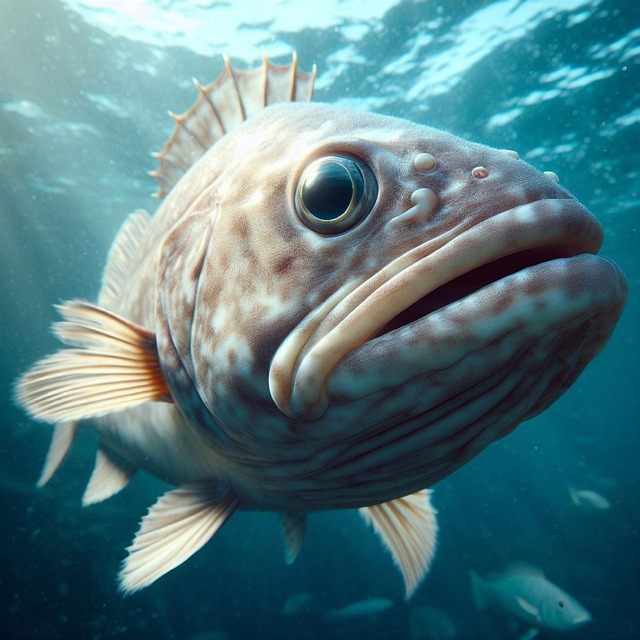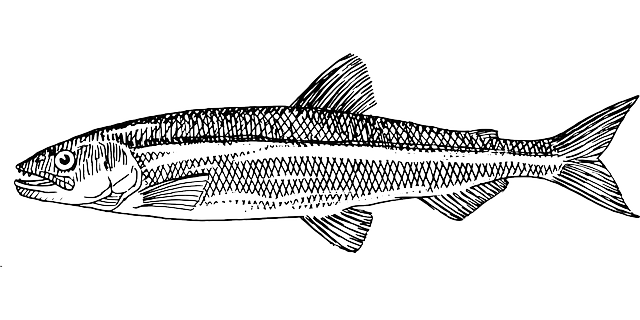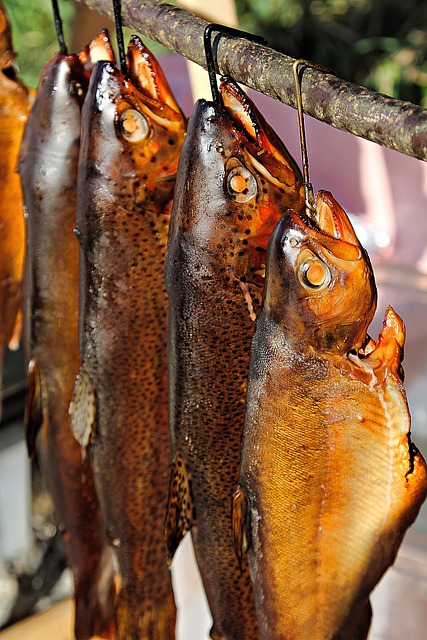River trout fishing demands understanding trout behavior and habitat preferences. Gear up with a rod, waders, reel, lures, and flies suitable for rivers. Cast during dawn or dusk, focusing on shallow waters near cover like rocks or vegetation. Adjust your strategy based on seasonal patterns, such as warmer months when trout move to deeper waters. Use precise casting techniques and baits mimicking local food sources. Plan ahead by researching river conditions, local regulations, and optimal timing. Dress appropriately and target specific habitats where trout hide and feed for the best results.
“New to river trout fishing? This comprehensive beginner’s guide is your perfect companion. We’ll walk you through understanding the behavior of these elusive fish, equipping you with essential gear for success. Learn when and where to find them, master casting techniques that land bites, and discover effective lures. From choosing the right river to tips for a fruitful trip, cover all your bases and start your river trout fishing adventure today!”
- Understanding River Trout Behavior
- Essential Gear for River Trout Fishing
- Choosing the Right River and Time of Year
- Effective Casting Techniques for Trout
- Selecting the Best Baits and Lures
- Tips for a Successful Trout Fishing Trip
Understanding River Trout Behavior
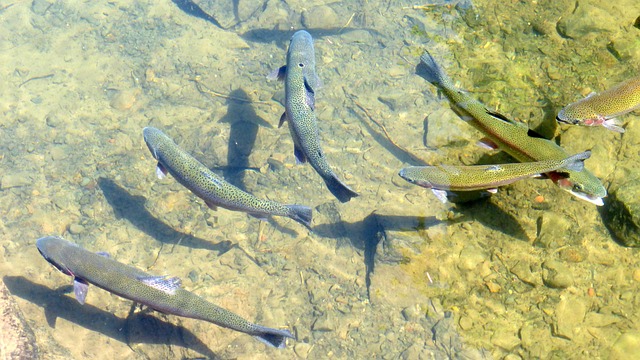
River trout fishing is an art that requires understanding the behavior of these elusive creatures. Trout are known for their agility and keen senses, making them both challenging and rewarding to catch. By observing their patterns and habits, beginners can increase their chances of a successful catch. In rivers, trout often dwell in shallow, well-oxygenated waters near cover such as rocks, logs, or vegetation. They are attracted to areas with gentle currents, where they can feed on small insects like mayflies and stoneflies. Understanding these preferences is crucial for setting up effective fishing spots.
Additionally, knowing the time of day can significantly impact your river trout fishing experience. These fish are more active during dawn and dusk when light levels are low, making them less visible to predators. As a beginner, targeting these periods can yield better results. Keep in mind that trout also have seasonal patterns; they might move to deeper waters during warmer months and return to shallower areas as the temperature cools down. Adjusting your fishing strategy based on these behaviors will enhance your overall river trout fishing experience.
Essential Gear for River Trout Fishing
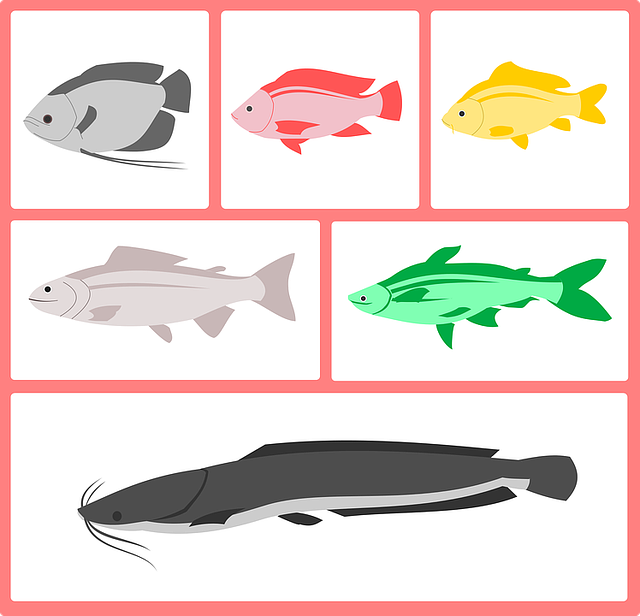
When venturing into river trout fishing, having the right gear is essential for a successful and enjoyable experience. First on your list should be a quality fishing rod, typically between 6 to 9 feet long, designed for trout fishing. These rods are usually lightweight yet powerful enough to cast lures and land trout with ease. A good pair of fly-fishing waders or waterproof pants is also crucial, especially if you plan to wade into the river. They provide protection from cold water and easy movement while keeping your clothes dry.
Don’t forget a reliable reel that matches your rod’s specifications. It should be capable of handling various fishing lines, including monofilament, fluorocarbon, or braided lines. A selection of high-quality lures and flies in different colors and sizes is another must-have. These will entice the trout, so choose ones designed for river settings. Lastly, a reliable fishing line cutter, pliers, and a net will make your fishing trip smoother and help you handle catches efficiently.
Choosing the Right River and Time of Year
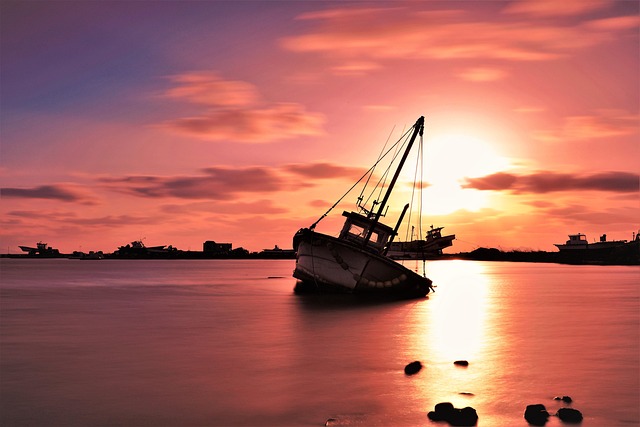
When it comes to catching river trout, choosing the right location is just as crucial as mastering the techniques. Opt for rivers renowned for their healthy populations of trout, such as those with clear, cold waters and diverse habitats. Spring and early autumn often prove ideal, as these seasons offer more stable temperatures, fostering optimal conditions for trout growth and activity. During summer, deeper pools and shaded areas can remain cooler, providing refuge for trout seeking relief from warmer waters. Conversely, winter can be a more challenging time due to lower water levels and colder temperatures, but persistent anglers can still find active trout in protected stretches.
Consider the river’s flow rate as well; slow-moving or pool-like sections tend to attract trout, especially when structured with rocks or vegetation that provides cover. These areas allow trout to rest, feed, and avoid predators. Additionally, understanding local regulations is essential before heading out; some rivers may have size limits or catch-and-release policies in place to preserve the trout population for future generations, ensuring a sustainable river trout fishing experience.
Effective Casting Techniques for Trout
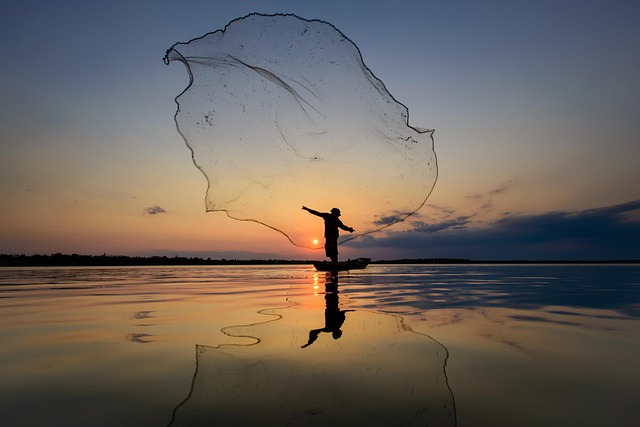
When it comes to catching river trout, mastering casting techniques is key. Start by choosing the right equipment for your target stream or river. A light to medium-weight rod and reel combo, coupled with a line that’s neither too heavy nor too light, will give you the precision needed to land those elusive trout. Practice different casting motions to become comfortable with the art of throwing your bait accurately. The ‘backcast’ and ‘forward cast’ are fundamental; learn how to execute them smoothly and control the line’s speed and distance.
For river trout fishing, consider techniques like topwater retrieval, where you pull lures or flies across the surface, mimicking struggling baitfish, which can be highly effective during certain times of the day. Another successful approach is stream-bottom presentation, using weighted lures or nymphs to sink low and attract curious trout lurking near the riverbed. Experiment with various casting angles and depths to find what works best in your specific river environment.
Selecting the Best Baits and Lures
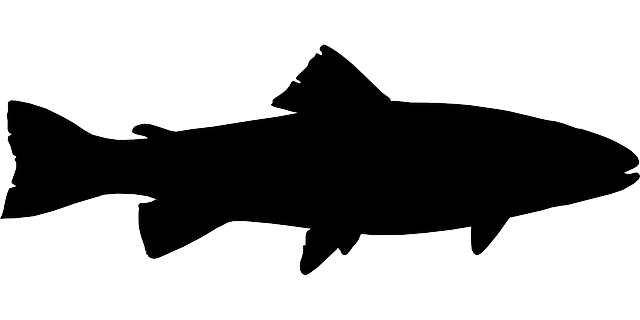
When it comes to river trout fishing, choosing the right baits and lures is a crucial step in your success. Opt for natural-looking imitations that mimic the local food sources of trout. Small crayfish, insect larvae, and flies are popular choices as they closely resemble what trout naturally feed on. For beginners, stick with simple designs like spinners, worms, or small rubber bugs, which can be effective and easy to use.
Remember, the key is to match the bait to the river’s conditions and the trout’s natural diet. Different rivers have distinct habitats, so consider factors like water depth, current speed, and the time of year. Adjusting your bait selection accordingly will enhance your chances of a successful catch in river trout fishing.
Tips for a Successful Trout Fishing Trip
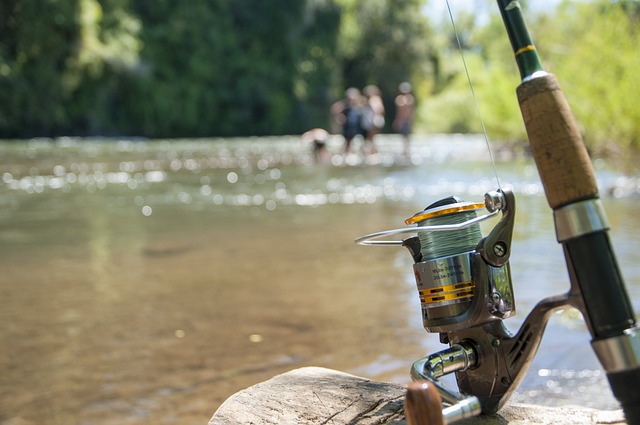
Planning ahead is crucial for a successful river trout fishing trip. First, research the river to understand its current conditions, such as flow rates and water temperature, which greatly impact fish behavior. Check local regulations regarding permits and catch limits to ensure compliance. Proper timing is also key; early morning or late evening hours are often best when trout are most active. Dress appropriately for the weather and consider bringing a wet suit if the water is cold, as this can make your experience more comfortable and increase your chances of catching a fish.
On the day of your trip, choose the right gear to match the river’s conditions. A lighter rod and reel setup is typically ideal for river trout fishing due to the precise casting required in tight spaces. Bring various types of lures and flies that mimic local prey, such as mayflies or stoneflies. Practice your casting technique beforehand to ensure accuracy and control. Pay attention to where you cast, targeting pools, riffles, and undercut banks where trout often hide. Be patient and quiet; trout can be skittish, so a calm presence can make all the difference.
Catching river trout is an art that combines knowledge, skill, and patience. By understanding the behavior of these elusive fish, investing in the right gear, and selecting the perfect river and time of year, beginners can enjoy a successful and memorable fishing trip. Mastering casting techniques and choosing effective baits will enhance your chances of landing a trophy trout. With these tips and tricks, you’ll be well on your way to becoming a river trout fishing expert. Happy casting!
